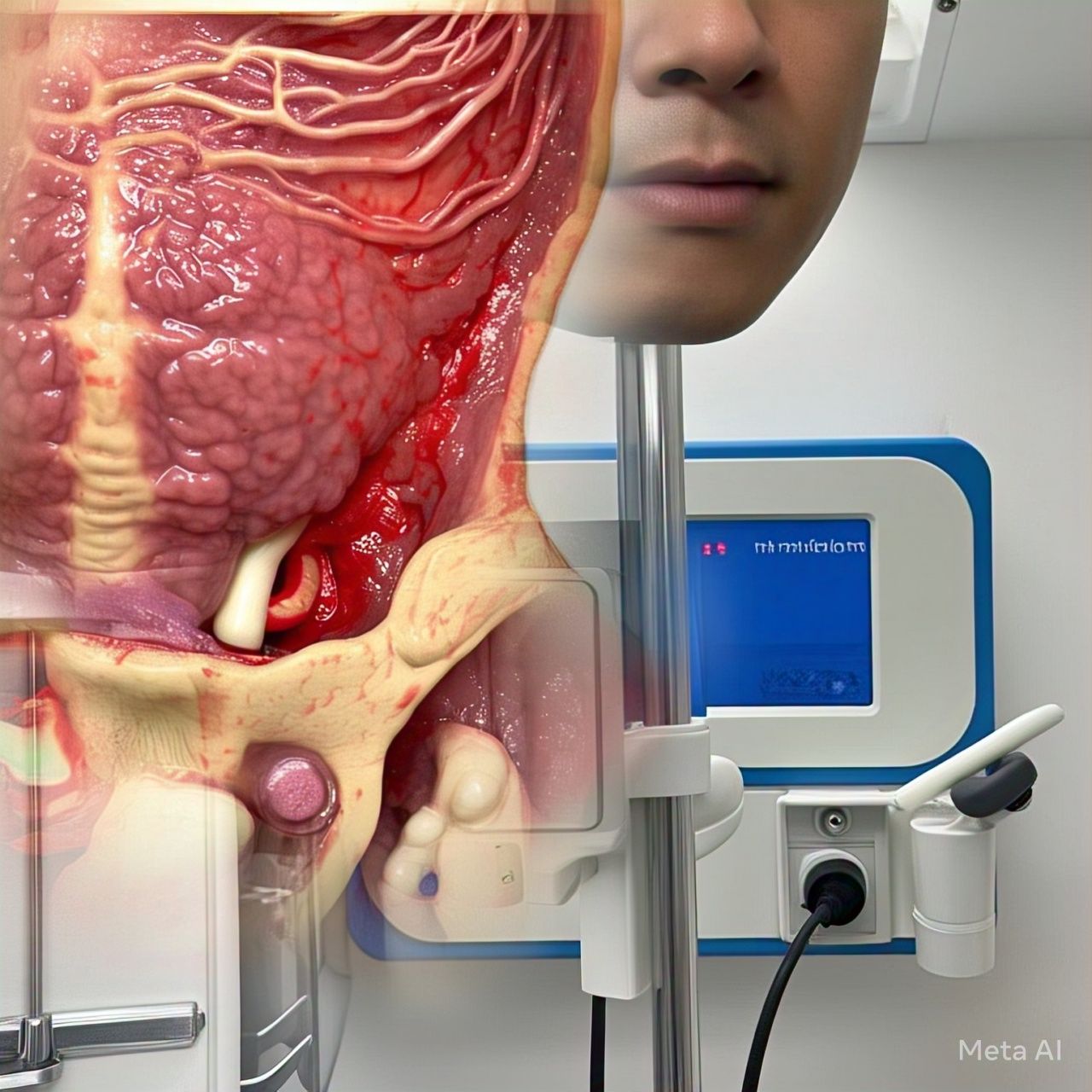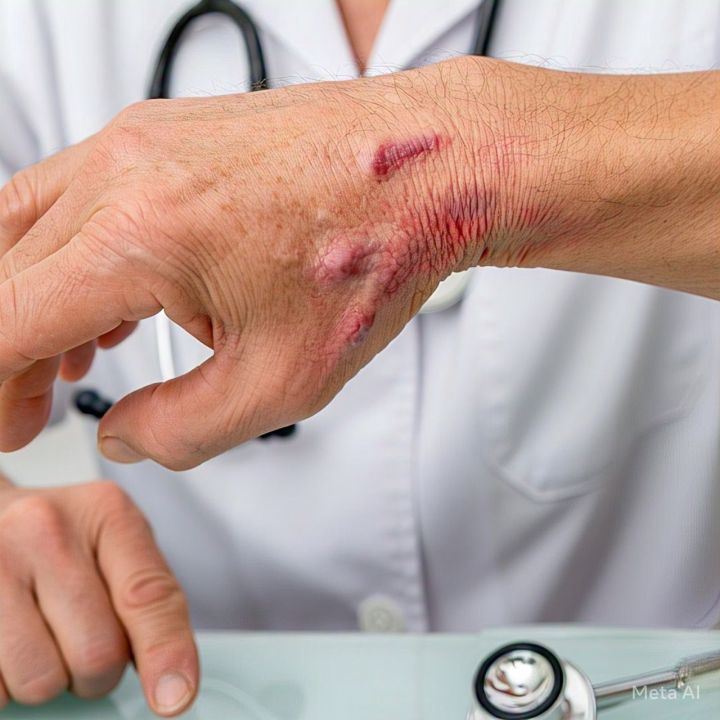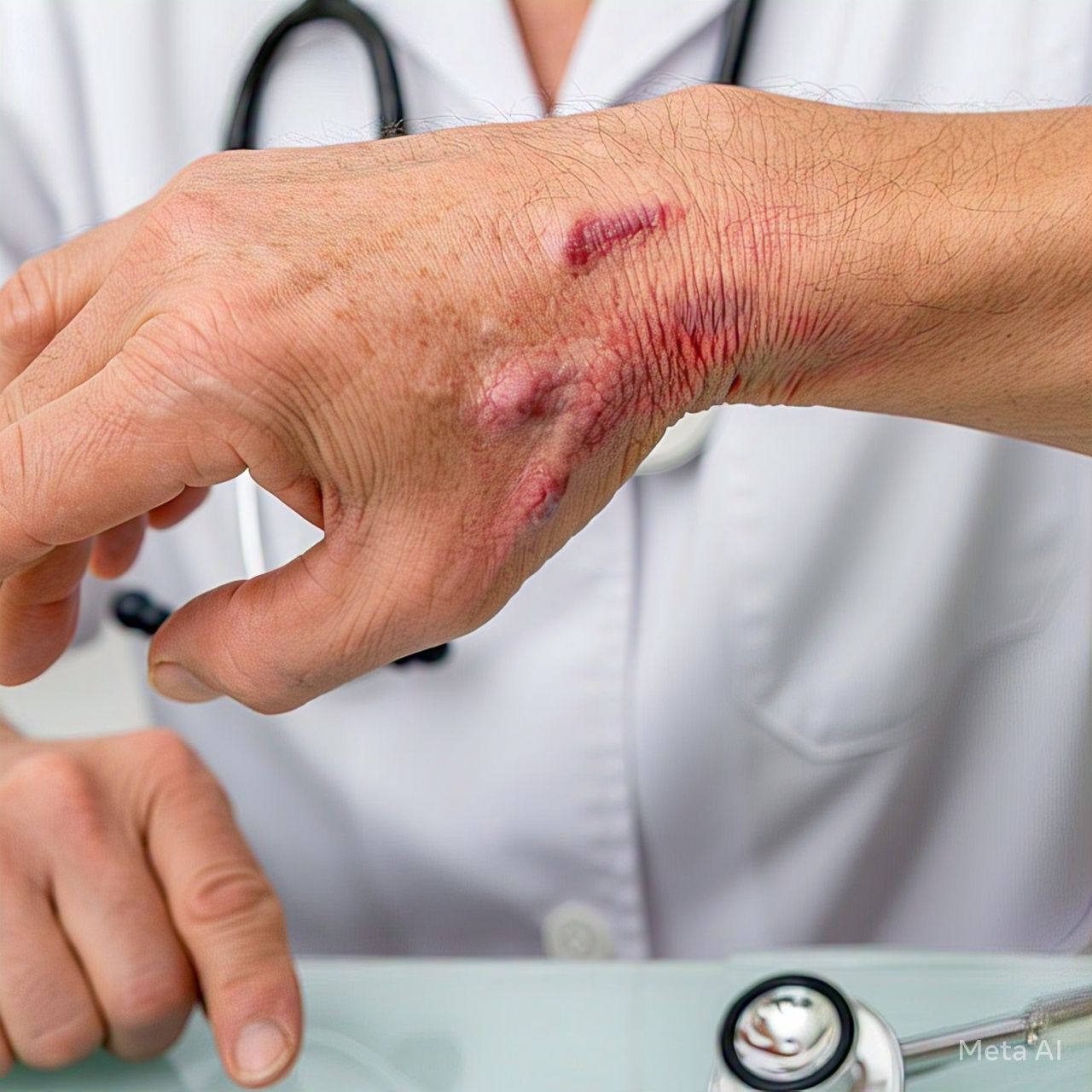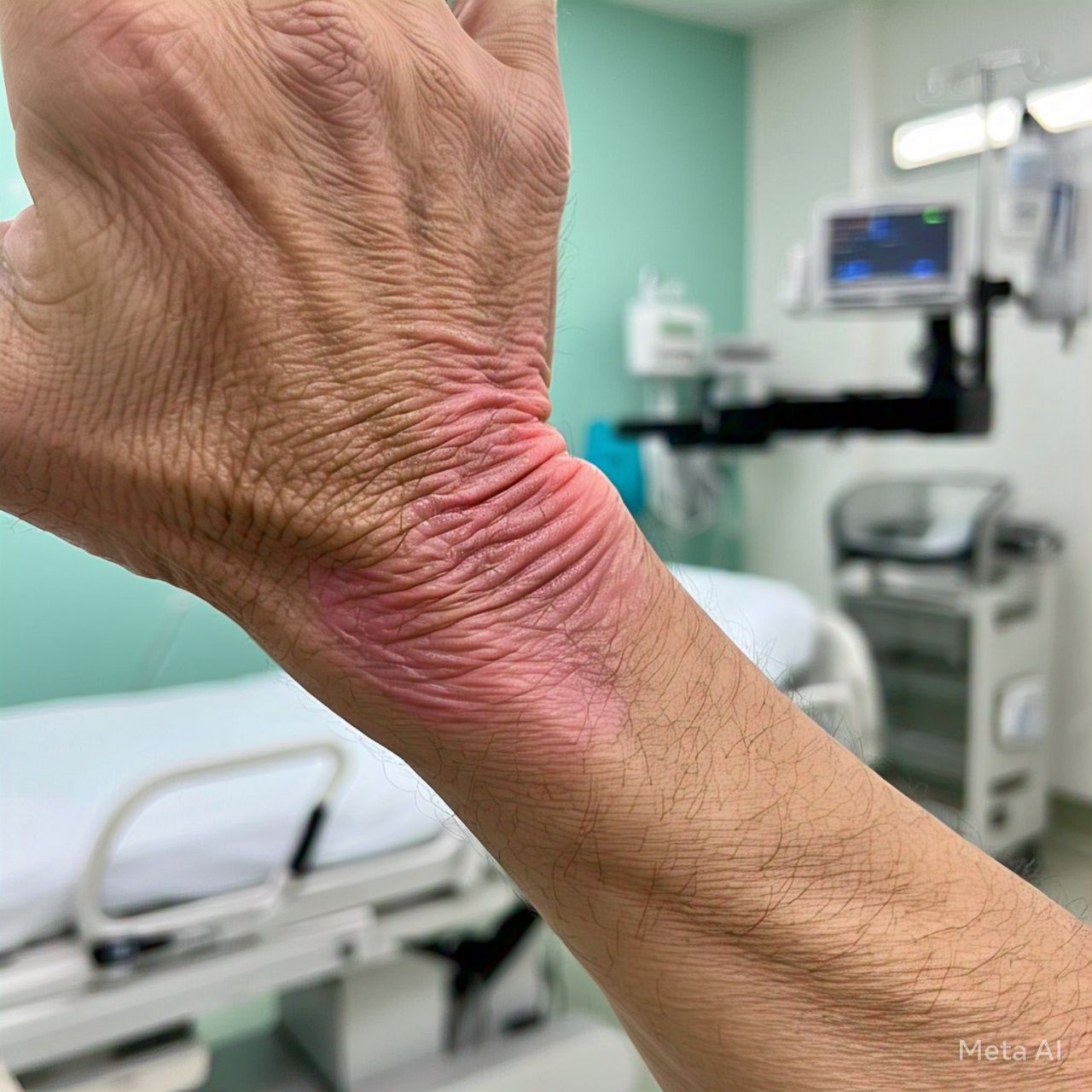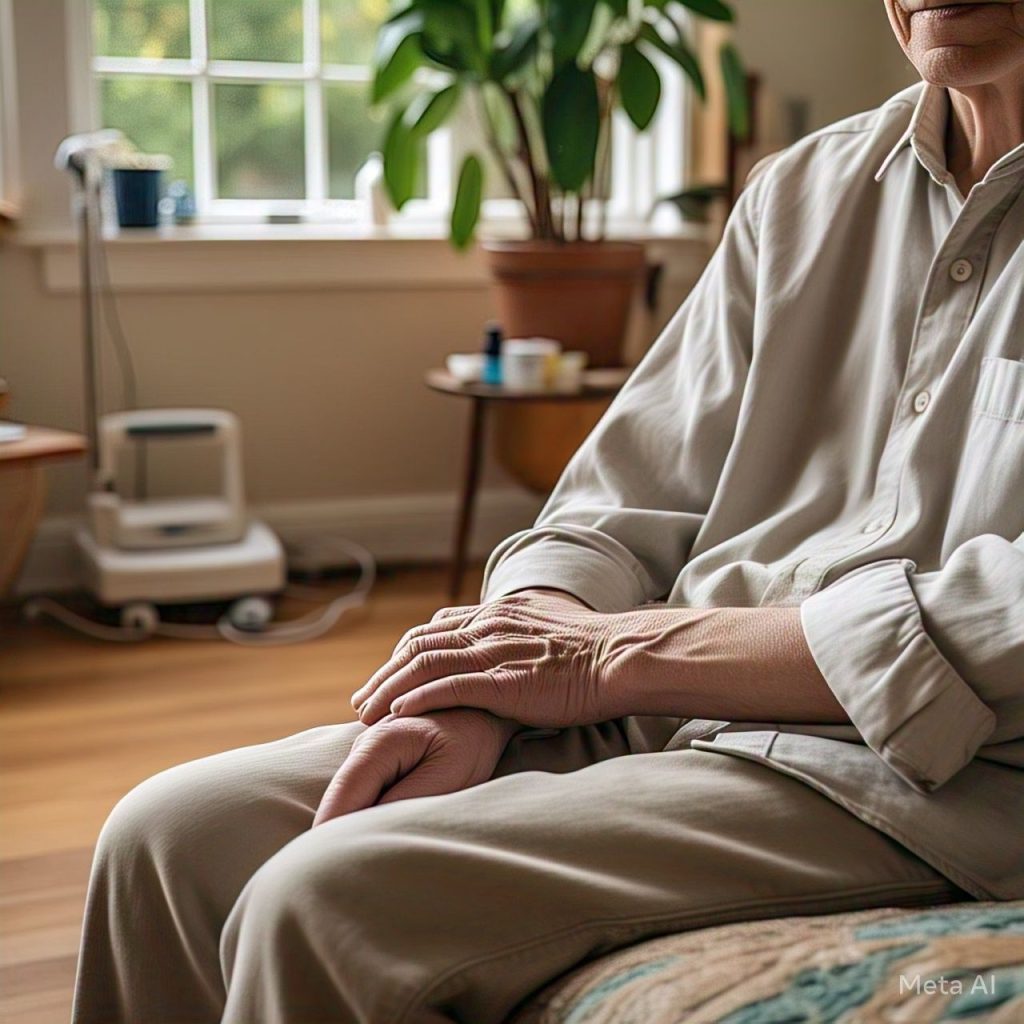The unexpected and shocking news involving the wife of Weezer bassist Scott Shriner has captured widespread attention. Jillian Shriner, known within celebrity circles for her presence in the entertainment and fashion scene, is now at the center of a dramatic and troubling legal saga. On [Insert Date], she was shot by LAPD officers during an incident that has since spiraled into a complex investigation. Jillian has been charged with attempted murder following a series of events that remain under intense scrutiny.
This SEO-optimized article explores the unfolding incident, background details, legal implications, and the broader societal impact of this headline-making event.
Who is Jillian Shriner?
Jillian Shriner is a social figure and creative professional who has been in the limelight primarily due to her marriage to Scott Shriner, the longtime bassist for the iconic American rock band Weezer. The couple has often been seen at red-carpet events, and while Jillian has maintained a relatively low profile, her current legal situation has thrust her into an unanticipated spotlight.
Timeline of Events Leading to the Incident
According to the LAPD’s official report, the incident began as a domestic disturbance call to a residence in [Insert Neighborhood or Location]. Here’s a breakdown of how events reportedly unfolded:
- Initial Call: Authorities received a 911 call about a disturbance possibly involving weapons.
- Police Arrival: Upon arrival, officers claimed to encounter Jillian acting erratically and allegedly threatening another individual.
- The Shooting: Law enforcement officials state that Jillian allegedly brandished a weapon. Fearing for their safety and the safety of others, officers fired, injuring her.
- Hospitalization and Charges: Jillian was transported to a nearby hospital where she underwent surgery. Shortly after, she was charged with attempted murder.
Legal Charges and Potential Penalties
Jillian Shriner now faces serious legal consequences. The attempted murder charge carries significant penalties, including the possibility of a lengthy prison sentence if convicted.
Legal experts speculate that the defense may argue mental health issues or seek a reduced charge depending on the evidence presented. As of now, her legal team has not released an official statement.
Public and Celebrity Reaction
The news has sent shockwaves through both fans of Weezer and the broader entertainment industry. While Scott Shriner has not publicly commented, fans and media outlets have been fervently speculating about the emotional and personal impact on the band and their inner circle.
Social media reactions have been mixed, with many expressing concern for Jillian’s well-being and calling for transparency in the LAPD’s conduct. Others emphasize the gravity of the charges and the need for a fair legal process.
Understanding Police Use of Force in Domestic Cases
This case reignites the debate surrounding police use of force, particularly in domestic or mental health-related incidents. Advocates for police reform argue that more de-escalation training and mental health crisis intervention teams are needed to prevent similar outcomes in the future.
Mental Health and Legal Defense
Some speculate that Jillian’s behavior during the incident could be linked to an underlying mental health crisis. If proven, this could shift the legal narrative toward medical intervention rather than criminal punishment. Courts sometimes consider psychiatric evaluations in determining legal culpability.
Media Ethics and Responsibility
The media’s coverage of high-profile cases like this often raises ethical questions. Balancing public interest with respect for privacy and due process is a delicate task. Journalistic responsibility demands avoiding sensationalism and focusing on facts.
A Look at Celebrity Legal Troubles in the Public Eye
Jillian Shriner’s case is not the first time someone associated with celebrity culture has faced legal turmoil. The intense scrutiny placed on such individuals often amplifies their experiences and can affect public opinion, judicial outcomes, and even career trajectories.
How the Music Industry is Reacting
Weezer has not made an official statement, and it remains unclear if the incident will affect upcoming tour dates or releases. Historically, bands in similar situations have taken breaks or postponed events to allow for personal matters to be addressed.
What Happens Next: The Legal Process
As the case moves forward, several legal steps are expected:
- Arraignment and Bail Hearing: Jillian will appear in court to respond to charges and possibly request bail.
- Evidence Gathering: Investigators will continue collecting physical evidence, eyewitness accounts, and bodycam footage.
- Court Proceedings: The trial process will unfold over several months, with potential for plea deals or a full trial.
Broader Social Implications
This case touches on numerous social issues, including:
- Celebrity culture and mental health
- Police response protocols
- Public perceptions of justice
The outcome of Jillian Shriner’s case could set precedents or at least influence ongoing debates in these areas.
Conclusion: A Tragic and Complex Story Still Unfolding
The story of Jillian Shriner—once known simply as the wife of a famous musician—has become a cautionary tale of fame, crisis, and the law. While the legal system begins to unravel what truly happened, the public is left to watch and reflect. For now, what remains is a mix of unanswered questions, legal intricacies, and a family caught in the eye of a very public storm.










